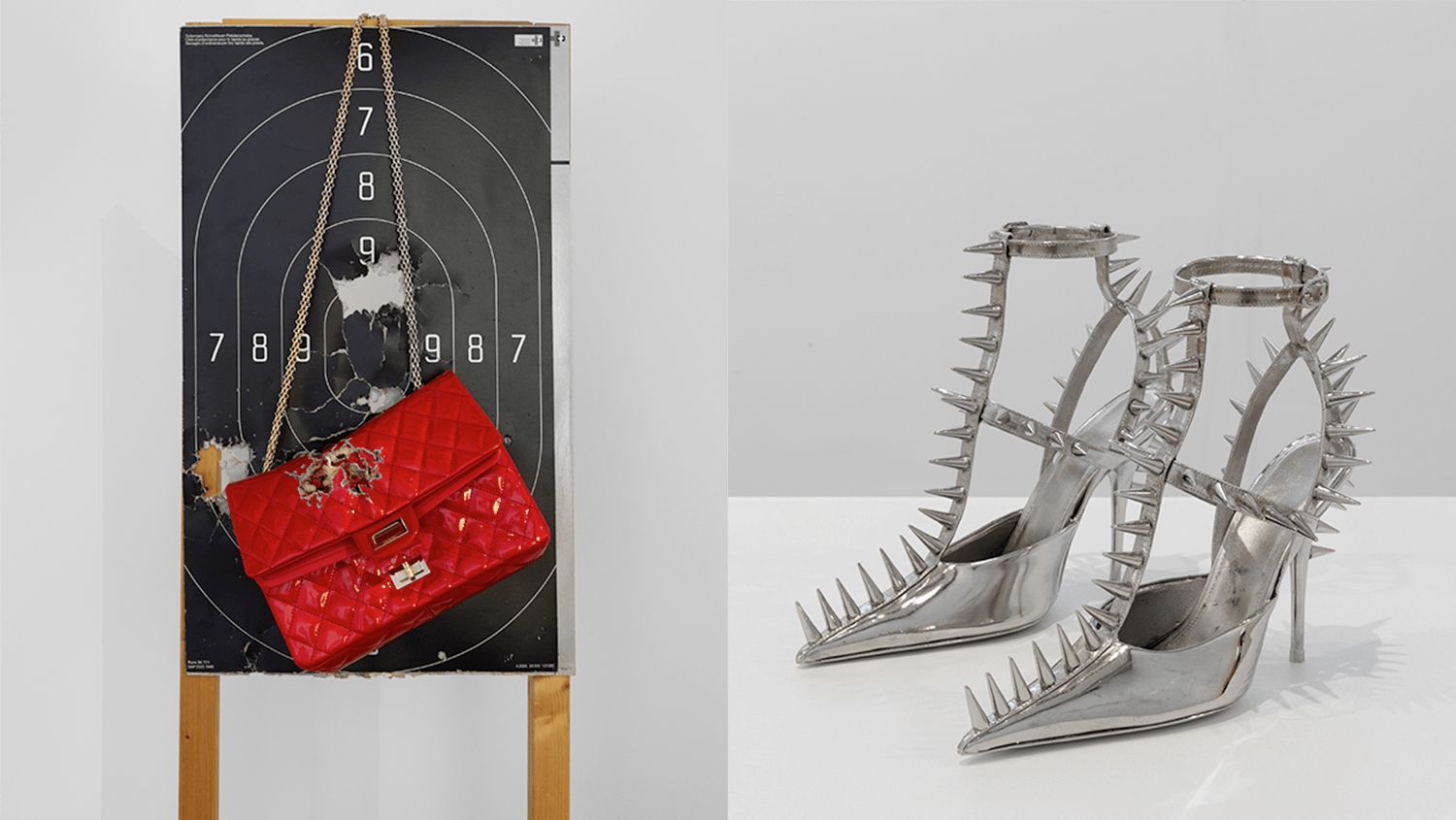Looking at a pair of Balenciaga knife pumps in a store is pretty different from how you look at them in a gallery. For proof, head to the Pinacoteca Agnelli in Turin — a newly opened art institution situated atop the former FIAT factory complex — where you’ll see a spike-studded pair of the coveted shoe proudly displayed in a glass case. Admittedly, they aren’t actually wearable — they’re cast in solid nickel-plated bronze. But, while in a store you’d simply see them as a pair of shoes that you’d beg, steal or borrow to get your hands on, here, they trigger thoughts about the qualities that elicit that desire and what it is about them that would prompt someone to alchemise them in bronze.
The exhibition in which they feature is not what you could reasonably call a fashion exhibition, even if fashion objects and ephemera — magazines, shoe boxes, shopping bags — feature prominently. Rather, it’s TURN ME ON, a new landmark survey of the work of Sylvie Fleury, a self-described “punk feminist in disguise” who, over more than three decades, has deployed objects, symbols and images associated with fashion, pop culture, cinema, science fiction and even the car world to expose the gender biases implicit in the industrialisation of desire.
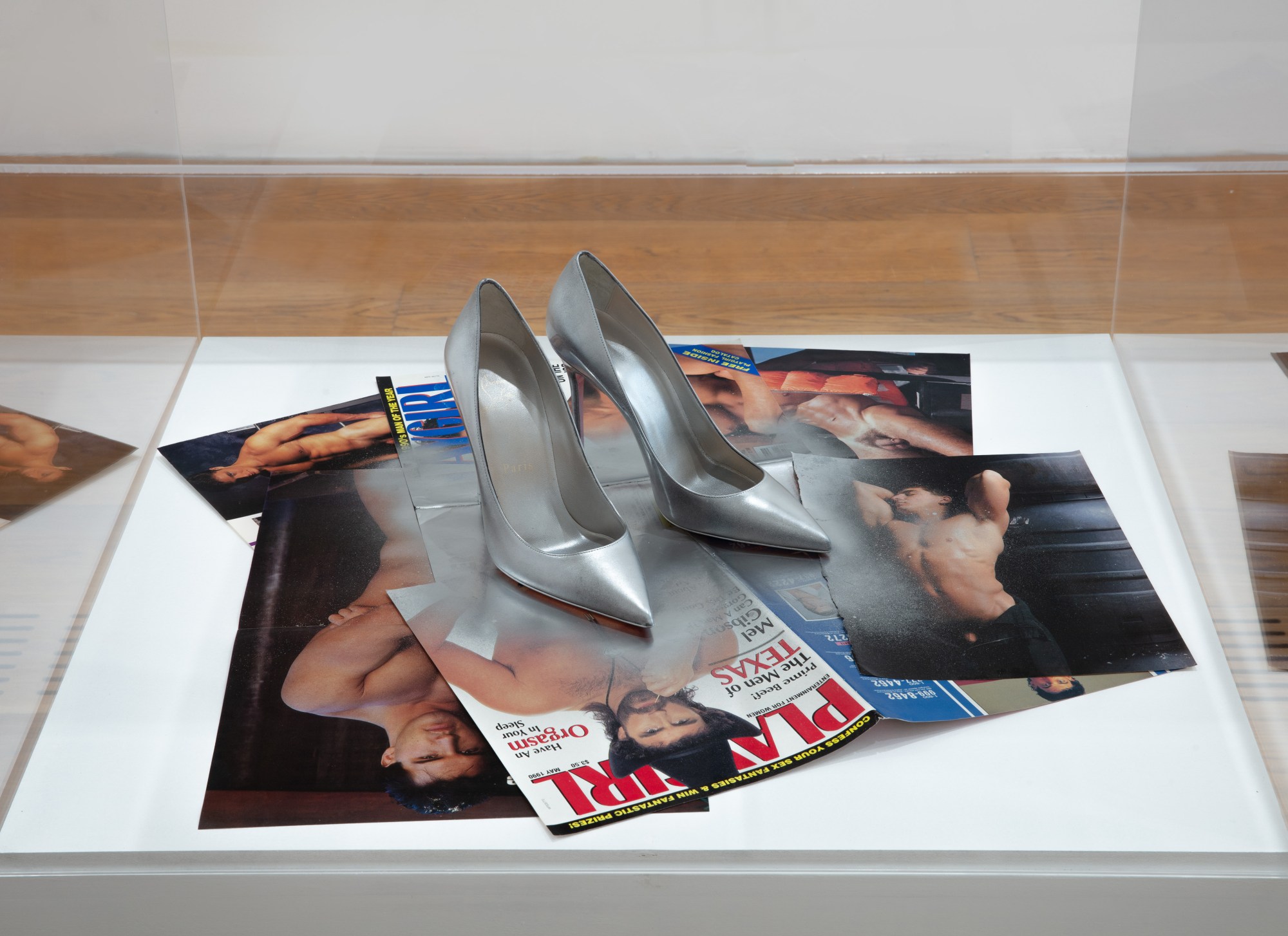
While fashion may not be the exclusive remit of Sylvie’s work, her fashion-focussed pieces — like moto-racer suits refashioned into chic dresses, or a video installation in which a group of women, the artist among them, open fire on Chanel’s iconic 2.55 bag — offer the most direct points of access to her work and its significance. After all, if you’re here reading this, the chances are that you, too, have lusted after a pricey fashion object — and also felt a certain despondency about the hold it has over you and your wallet.
Despite the ostensible critiques of fashion that characterise her work, Sylvie’s far from a style cynic. When we meet in the airy hall of the Pinacoteca Agnelli, she’s dressed head-to-toe in Demna’s Balenciaga, and she speaks with cheery nostalgia about the Alaïa, Jean-Paul Gaultier and Mugler looks she wore throughout the 80s and 90s. In fact, she’s even collaborated with brands — though not quite in the way that most artists collaborate with brands today. In the aforementioned video work, for example, the bags she shot — 22 of them, to be precise — were, in fact, donated to her by Chanel for the specific purposes of creating the artwork.
Below, Sylvie tells us about how on earth she managed to get them to do that, fashion as an industry where cultivating yearning is far more important than the objects sold, her brief stint as a beauty editor and what interests her in fashion right now.
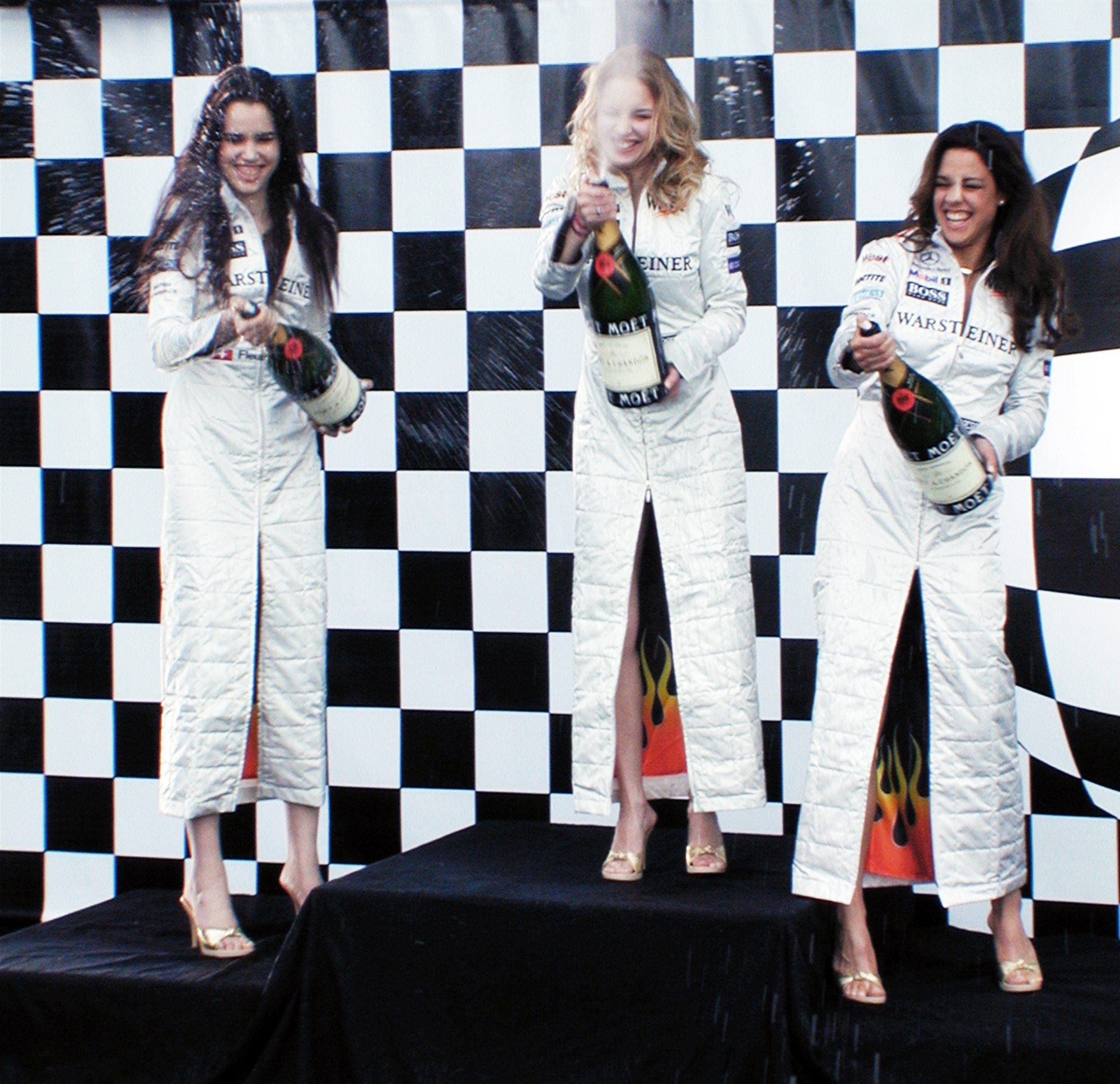
So, Chanel sent you 22 2.55 bags to literally shoot??
Yes, it was actually a project that took place in 2008 called Mobile Art — Chanel had Zaha Hadid design a travelling museum that looked a bit like a UFO. The first venue was in Hong Kong, and they commissioned several artists to create pieces for it, so I made this gigantic Chanel handbag lined with faux fur, inside of which was a giant compact. And then, in the mirror of the compact, the film played! Anyway, Chanel was so helpful in sending me the bags to create it — I don’t know how much they loved the end result, but I think it was very cool of them to let me do it.
For sure. It’s also quite a powerful advertisement, really — you’ll never forget a Chanel bag after seeing someone take a shotgun to one.
Well, what was funny was that it was more of a fashion event than an art event, and some of the people who turned up were literally crying, asking how someone could destroy these bags. I don’t think they quite understood the intent behind it.
In an inverse way, it reminded me of the recent Instagram phenomenon of Russian Chanel clients cutting up their bags.
Actually, so many people who knew my film sent me clips of that — but what’s interesting is that my intentions were the opposite. They were doing it as a declaration of their right to consume!

So, what was your intention with that film?
Well, I’ve always been very interested in the mechanisms of desire — how objects elicit desire, and how brands create that sense of longing. These were things that felt really new when I started working in the 90s, when consumerism was really accelerating.
It’s kind of when creating desire became just as — if not more — important as the product itself, right?
Exactly, that’s what I thought was really interesting. For my first artworks, in fact, I would go shopping and put the paper carrier bags — with all the stuff I bought still inside — in the middle of a gallery space. Of course, I was conscious of all the critical interpretations, which are now very much a part of the zeitgeist, but I also understood that there was this huge contradiction. I mean, I’m from the 60s, and the most exciting thing at Christmas for me was getting new clothes for my Barbie! As such, I’ve always been interested in the aura that objects have, and the dualistic relationship that woman can have towards them. That’s what that film was really getting at.
The point you make about the dualistic relationship so many of us have with fashion is important. These days, having a critical perspective on fashion is quite common, but that quickly melts away when you see, I dunno, a pair of Prada boots and you just want them. With your work, what’s interesting is that your commentary isn’t just limited to the objects themselves, but it also extends to the paraphernalia, too. Shopping bags and shoe boxes exert the same aura as a handbag. Could you tell us a bit about when you first felt the pull of fashion yourself?
It’s something I actually forgot about for a long time, but a few years ago, I was invited to be part of an exhibition of drawings that artists had done as kids. So I asked my mom if she had any stashed away somewhere, and she found some. When I was a kid, she used to read this fashion magazine called Jour de France — it was a bit old-fashioned and bourgeois — but at the end, there were these pages that would describe the images. Funnily enough, I’d done these drawings that were exactly that — a model wearing an outfit, and next to it I’d write what they were wearing and who it was by.
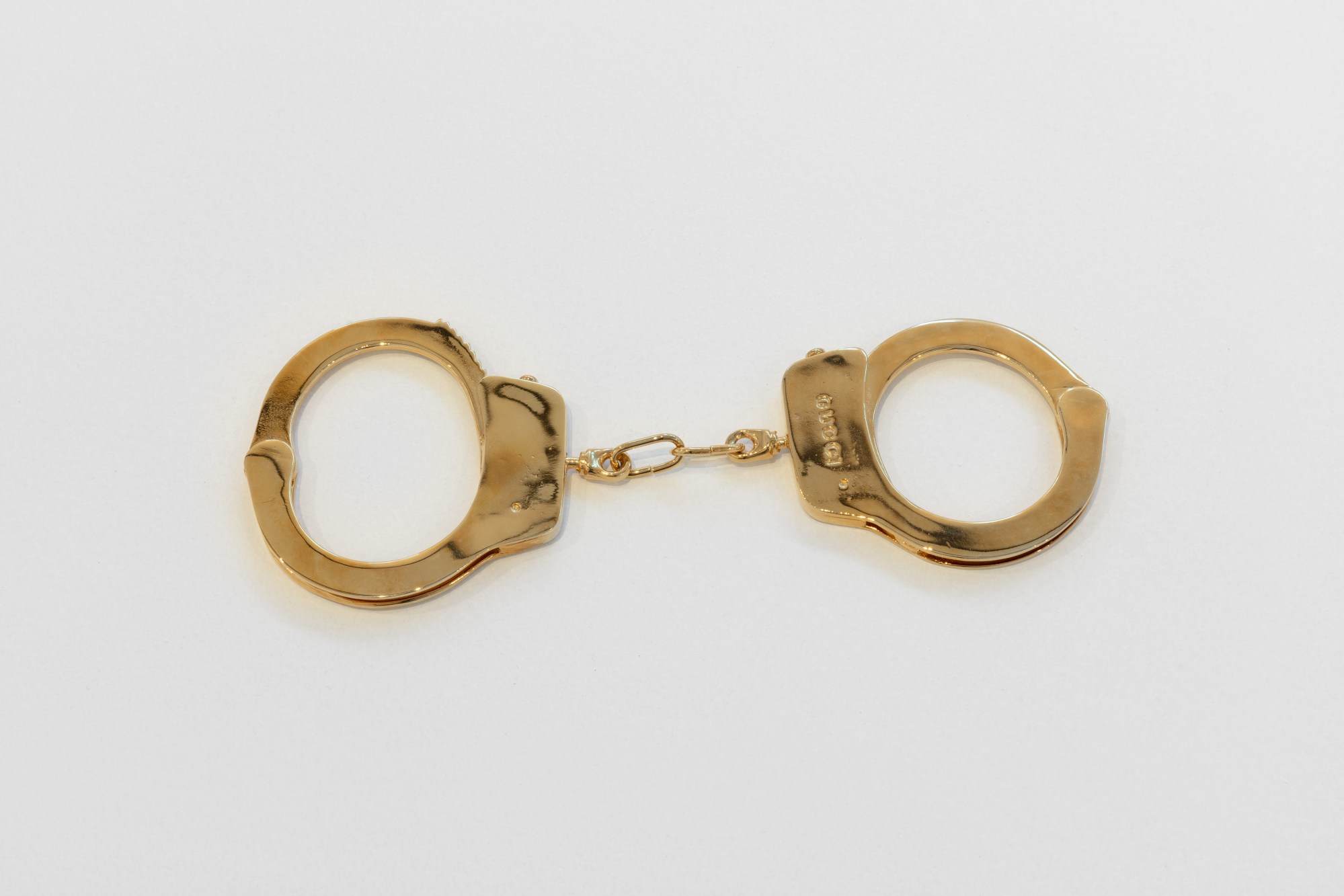
So you were writing out credits as a kid?!
Yes! My early work actually took a lot of influences from fashion magazines. A lot of my titles were actually the taglines you see on covers. And as a matter of fact, I even had a job briefly for Self Service!
How did that come about?
Basically, in the early days of my career, I was smashing a lot of makeup, driving over compacts with my car and so on. It was around then that Ezra Petronio [Self Service’s founder] asked if I wanted to be a beauty editor for the magazine. The next thing I knew, I had this box from FedEx with loads of new cosmetics. I just did what I’ve always done, I took the box, went into a parking lot, placed the makeup around the parking lot, and then drove over it with my Buick. I then took my Polaroid and photographed it all — and that was my first beauty story! And then there was a time when an Italian magazine, Amica, reached out. They asked me to photograph a shoe story, and sent me boxes and boxes of shoes. As you might notice from my work, I also love cars, so I just found a model and asked her to press on the pedal of these mythical sports cars. I made many videos like that, too — like Gucci Satellite, which is a close-up of the pedals of a Plymouth Satellite with this Tom Ford-era Gucci mule pressing down on it.
Do you still have any favourite fashion magazines?
Well, i-D was a magazine I used to read a lot, actually! But now I read almost any fashion magazine when I’m travelling — it’s usually whatever looks best on the stand. I really judge it by the cover!
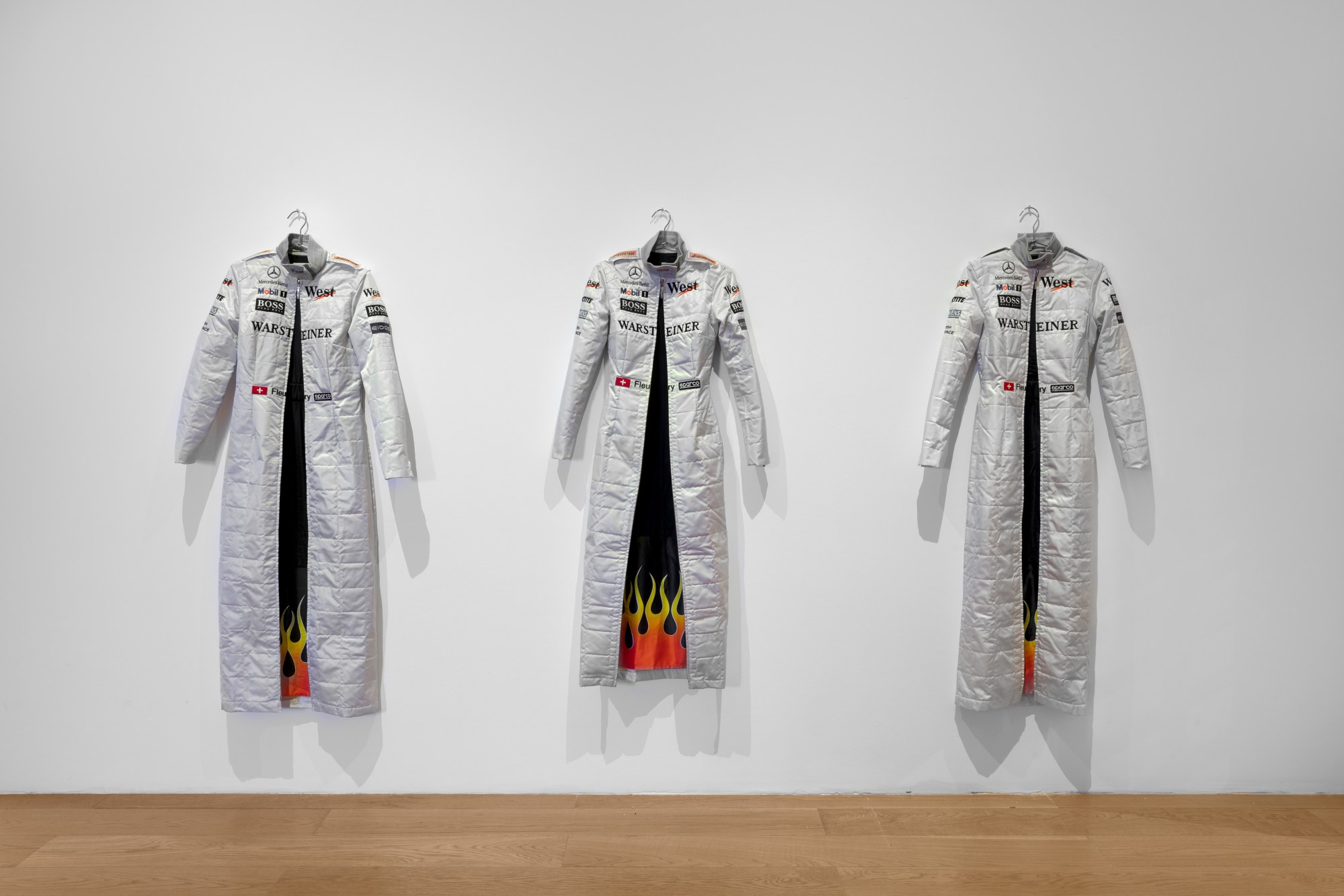
You’ve spoken about your work with fashion objects and images, but how does your perception of them change when you put them in a gallery space? How does that differ to seeing them in, say, a store or magazine?
That’s exactly what I’ve always been interested in — the fashion object, each viewer’s distinct relationship to it and how decontextualising it changes that. The same goes for fashion magazines — in fact, there was a piece I used to do called Current Issues, where I would go to a kiosk and buy all the fashion magazines from, say, September 1997, and then photograph all of them and exhibit the images. People would always think that I had changed something, but I hadn’t. I guess the thing is that people see this imagery everywhere, but they aren’t really looking at it. We’re so bombarded with many images that it’s only when you have the luxury to bring certain objects into a quieter environment that you really perceive them. These things develop meaning, and then it’s about putting it next to something else to create a connection between things that weren’t ever meant to be connected.
As a consumer, what interests you in fashion today?
I’m always interested in a great piece, but I can’t say that I have a particular answer to that. I’m still curious about it, and I look at things. I love to discover a new, young designer that I think is doing interesting things. Ottolinger, Wales Bonner or many other names that aren’t coming to mind right now. I’ll often try to go for a lesser-known name… but then some days I’ll just want to be dressed head-to-toe in Balenciaga!
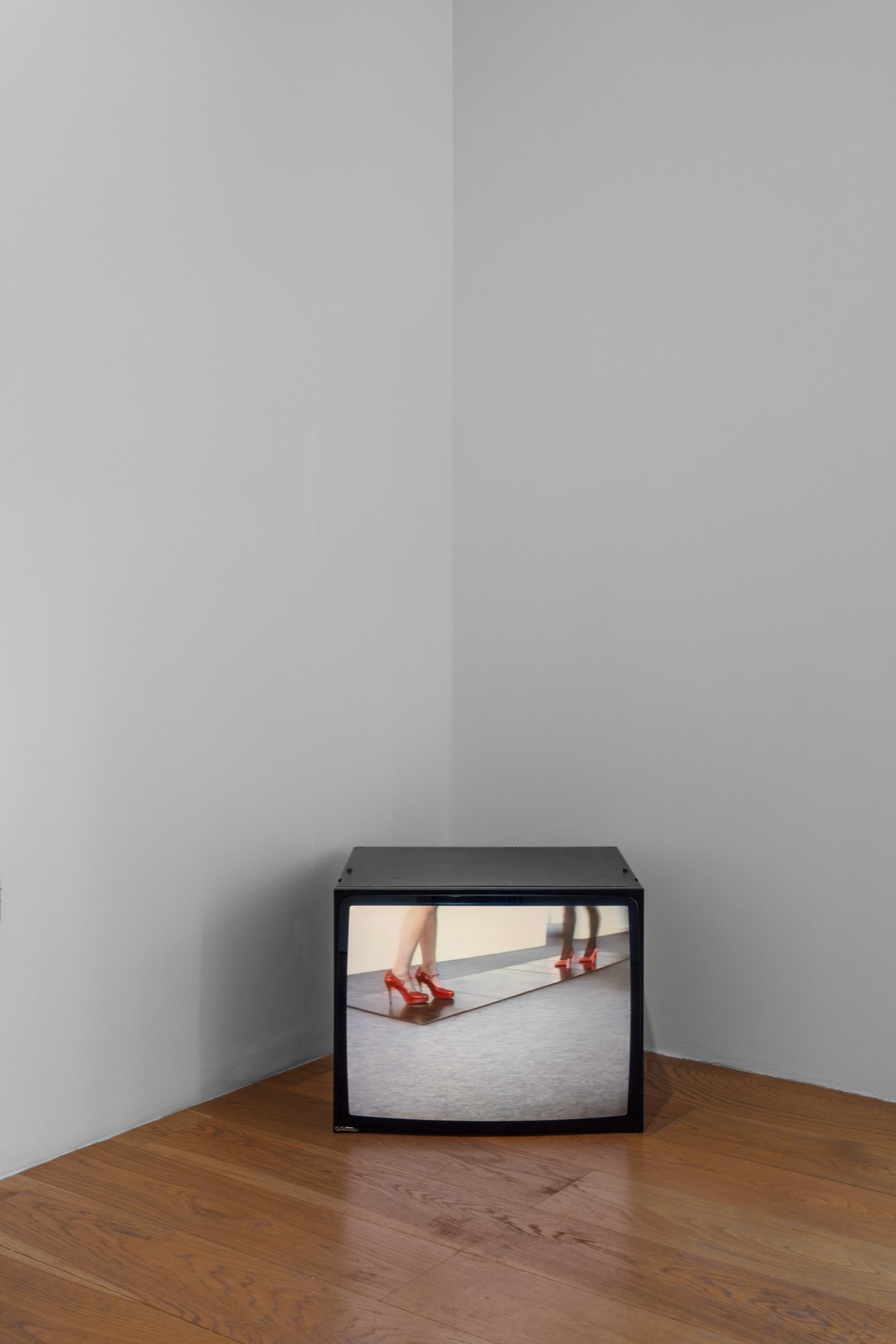
Sylvie Fleury: TURN ME ON at Pinacoteca Agnelli, Turin till January 15th 2023. Follow i-D on TikTok and Instagram for more art.
Credits
All images courtesy Pinacoteca Agnelli Torino
